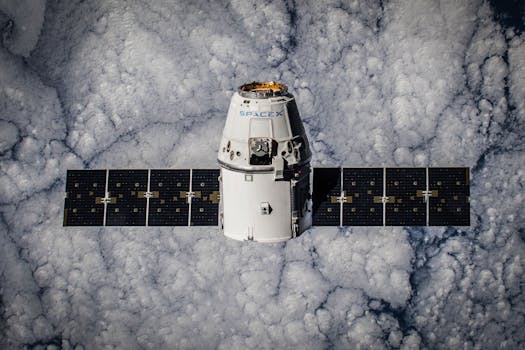
Updates from Above: Essential Insights into the Latest in Satellite Telecommunications
Satellite Telecommunications have revolutionized the way we communicate, navigate, and access information. As technology continues to evolve, it’s essential to stay informed about the latest developments in this field. In this article, we will delve into the recent advancements and innovations in satellite telecommunications, highlighting their impact on various industries and society as a whole.
Introduction to Satellite Telecommunications
Satellite telecommunications involve the use of artificial satellites orbiting the Earth to transmit and receive data, voice, and video signals. This technology has been around for decades, but recent advancements have significantly improved its capabilities, making it more efficient, reliable, and accessible. Satellite telecommunications play a vital role in providing connectivity to remote and underserved areas, where traditional communication infrastructure is limited or non-existent.
Recent Advancements in Satellite Telecommunications
Several recent developments have transformed the satellite telecommunications landscape. One of the most significant advancements is the launch of high-throughput satellites (HTS), which offer faster data speeds and greater capacity. HTS satellites use multiple spot beams to reuse frequencies, increasing the overall bandwidth and reducing costs. This technology has enabled the widespread adoption of satellite-based broadband services, such as satellite internet and mobile networks.
Another significant development is the emergence of low-Earth orbit (LEO) constellations, which comprise numerous small satellites orbiting the Earth at an altitude of approximately 1,200 kilometers. LEO constellations, such as those launched by OneWeb and SpaceX, aim to provide global coverage, low latency, and high-speed connectivity. These constellations have the potential to revolutionize satellite telecommunications, enabling the creation of new services and applications, such as satellite-based 5G networks and IoT connectivity.
Impact of Satellite Telecommunications on Various Industries
Satellite telecommunications have a profound impact on various industries, including aviation, maritime, and healthcare. In aviation, satellite communications enable air traffic control, navigation, and in-flight connectivity. Satellite-based systems, such as ADS-B (Automatic Dependent Surveillance-Broadcast), provide precise tracking and monitoring of aircraft, enhancing safety and efficiency.
In the maritime industry, satellite communications facilitate navigation, communication, and monitoring of vessels. Satellite-based systems, such as AIS (Automatic Identification System), enable the tracking of ships and prevent collisions. Satellite telecommunications also play a critical role in search and rescue operations, providing emergency responders with vital information and communication capabilities.
In healthcare, satellite telecommunications enable the transmission of medical data, such as images and patient records, between remote locations and medical centers. Satellite-based telemedicine services also facilitate remote consultations and monitoring, improving access to healthcare services in underserved areas.
Conclusion and Future Outlook
In conclusion, the latest developments in satellite telecommunications have transformed the industry, enabling faster, more reliable, and accessible connectivity. As technology continues to evolve, we can expect even more innovative applications and services to emerge. The future of satellite telecommunications holds tremendous promise, with the potential to connect billions of people, devices, and systems worldwide.




